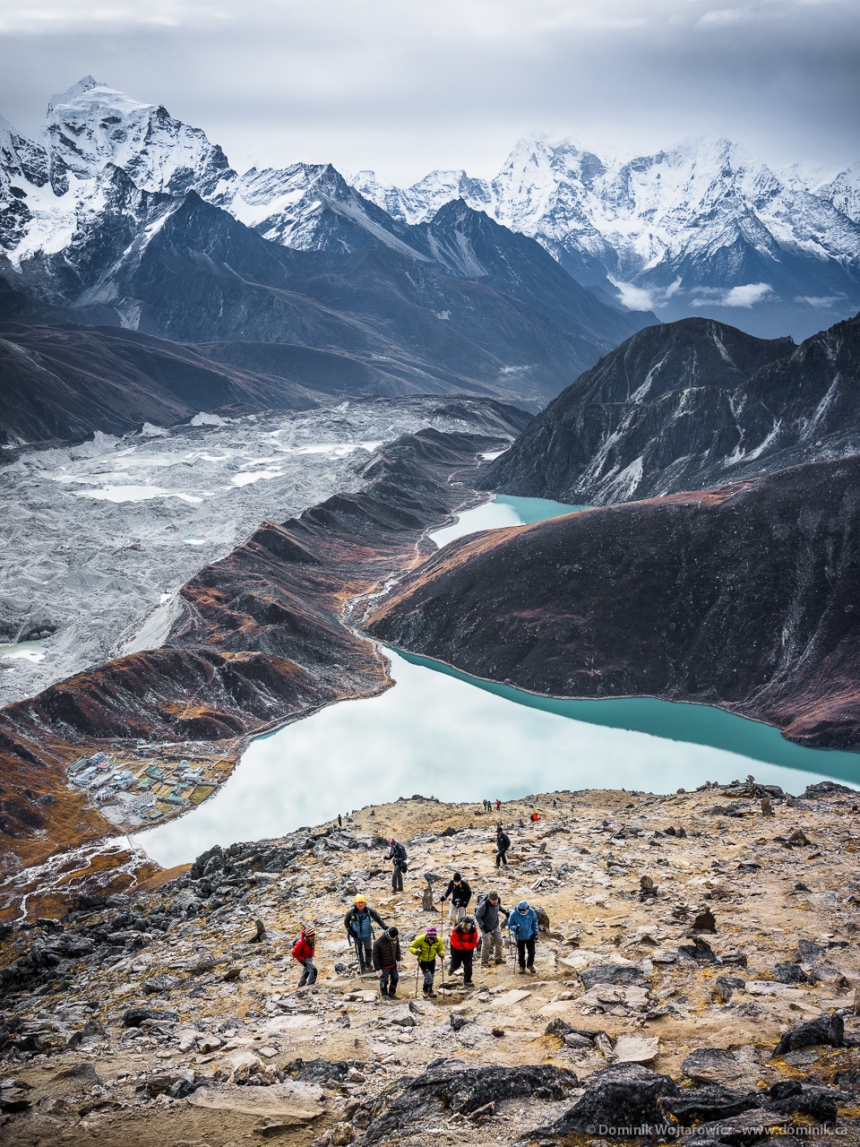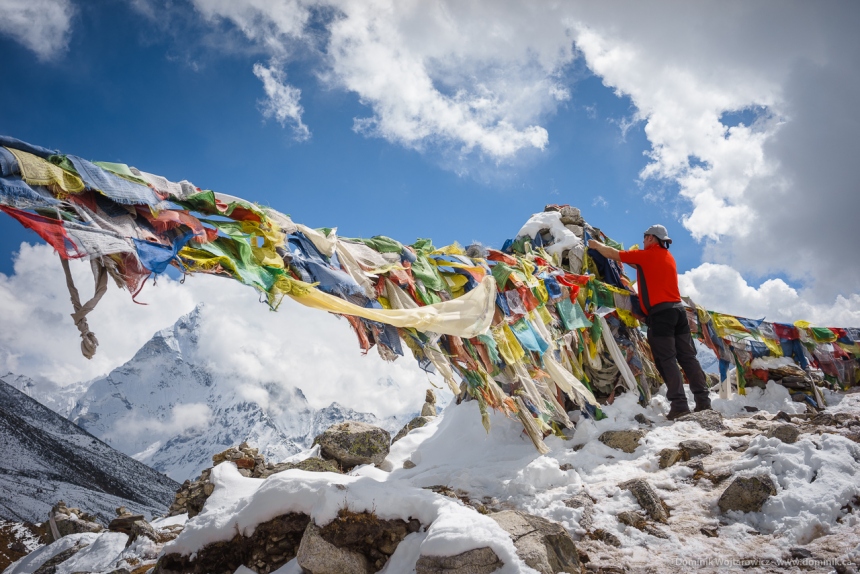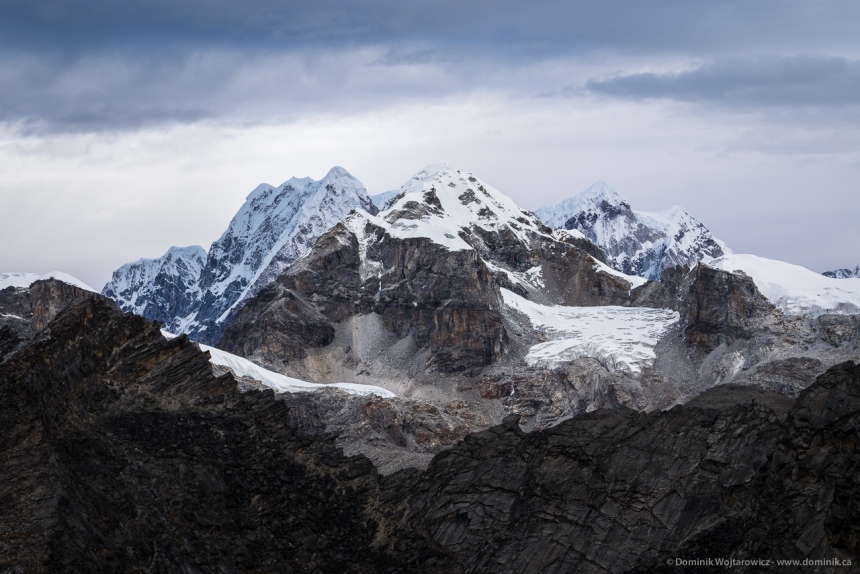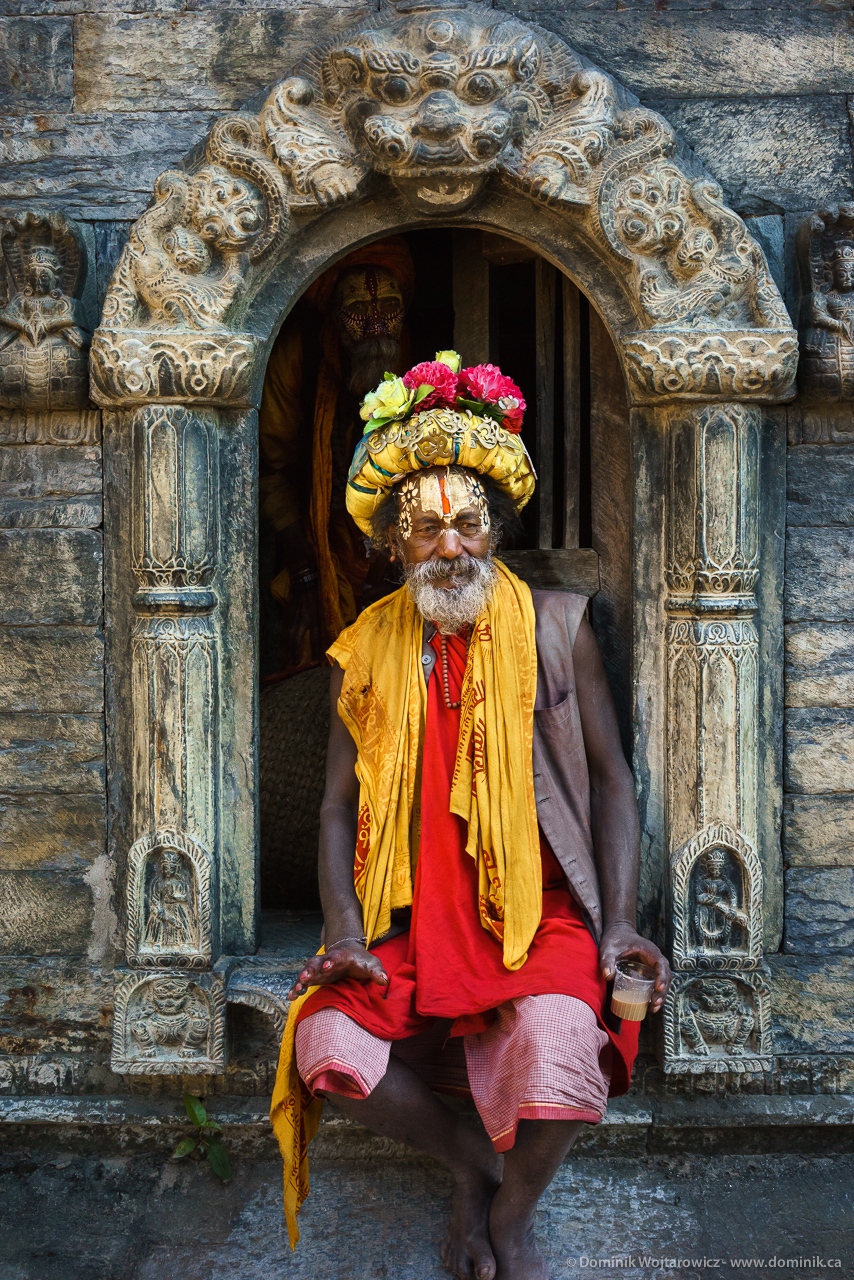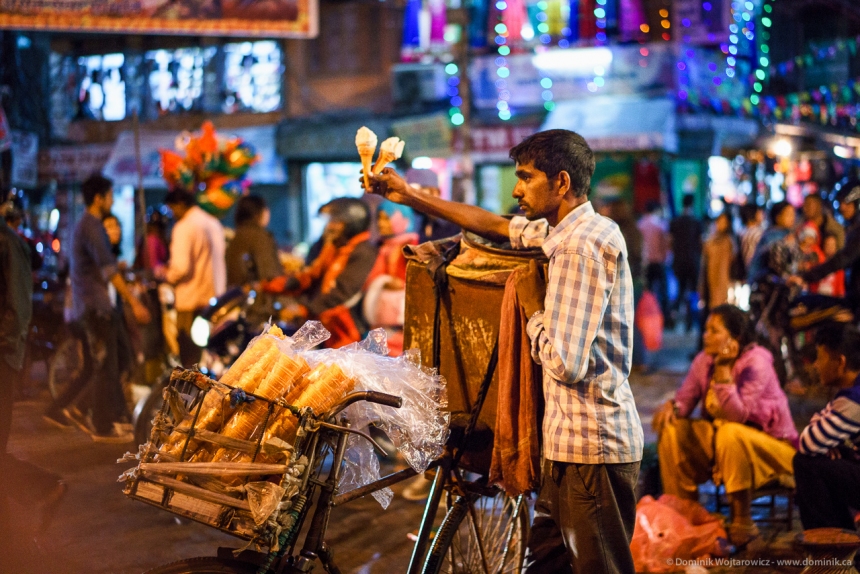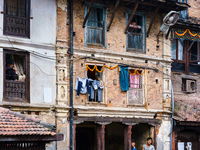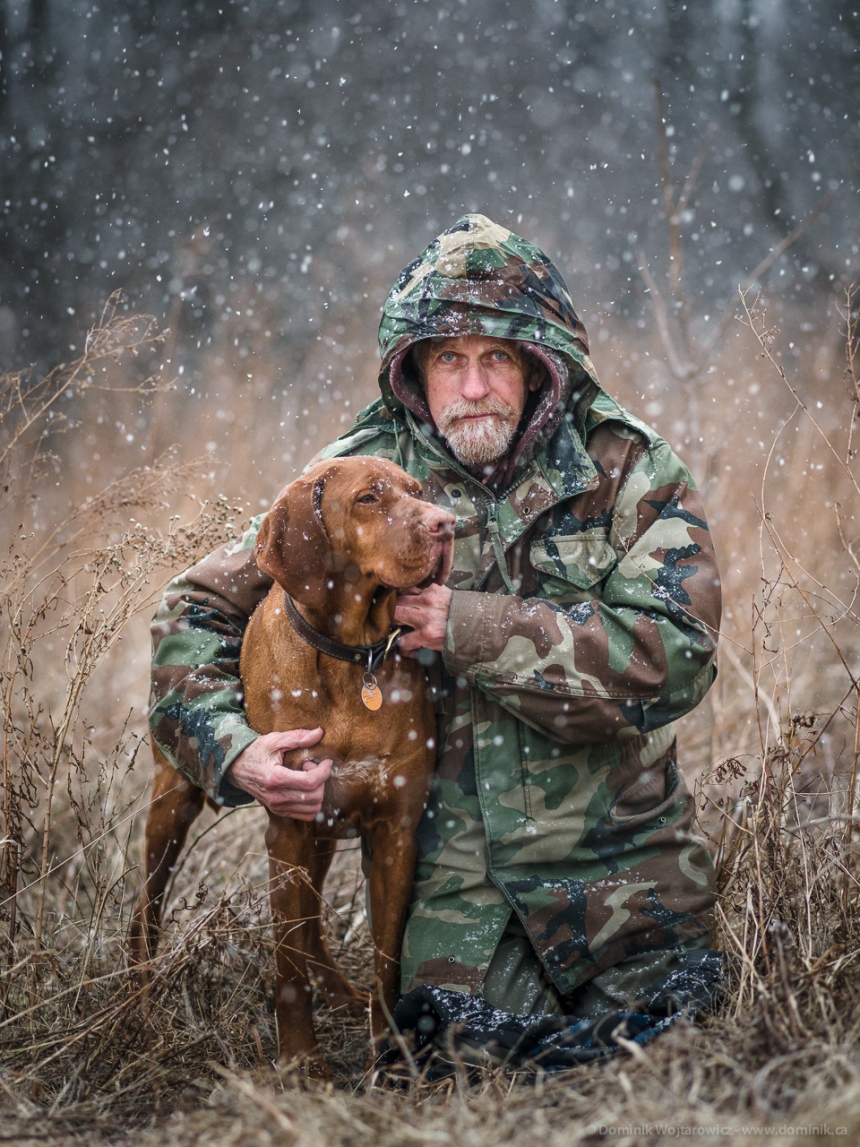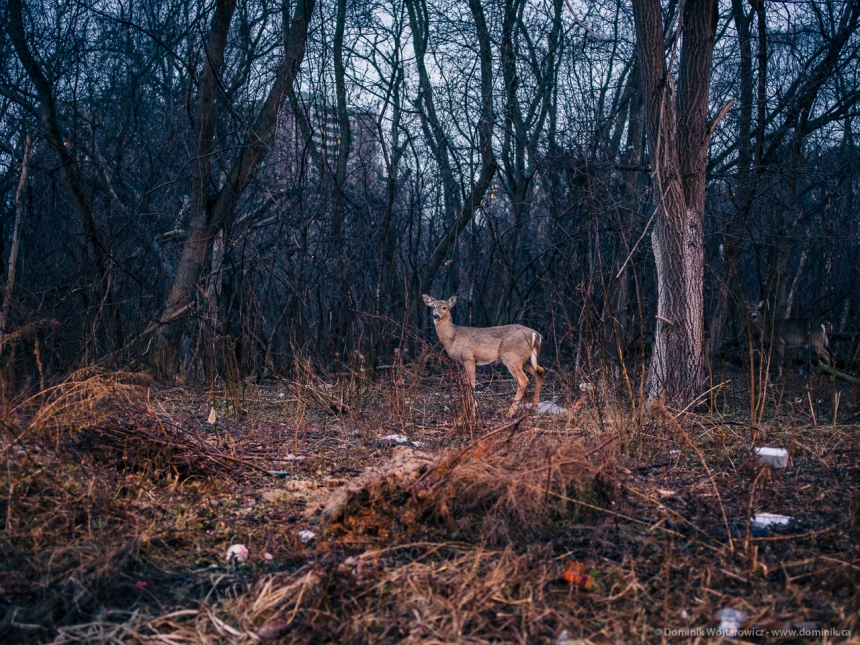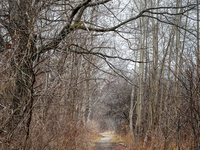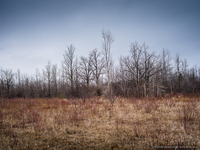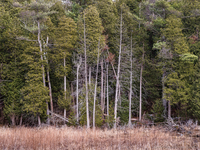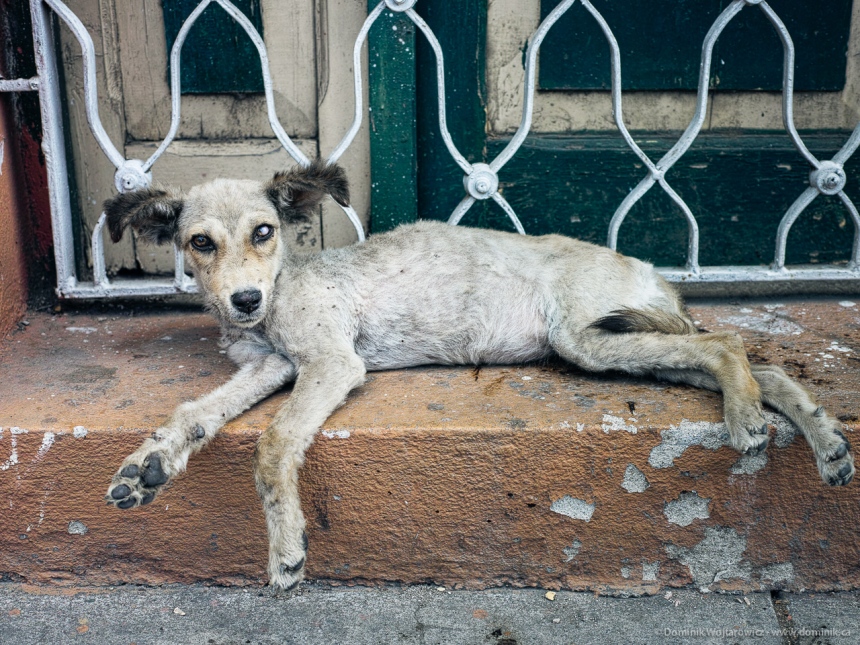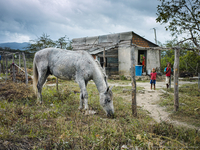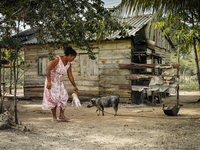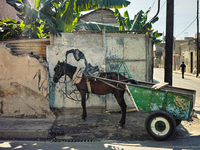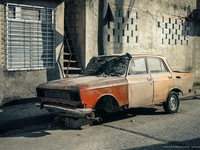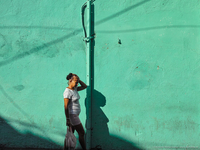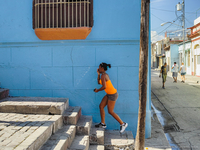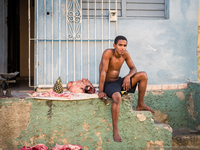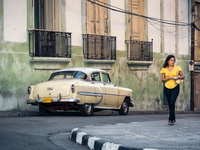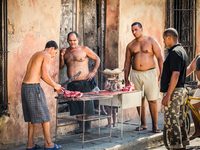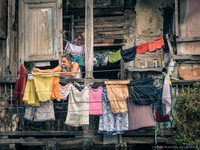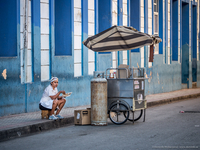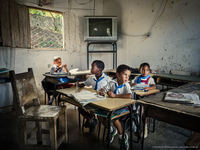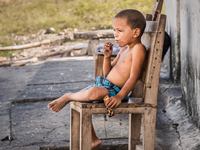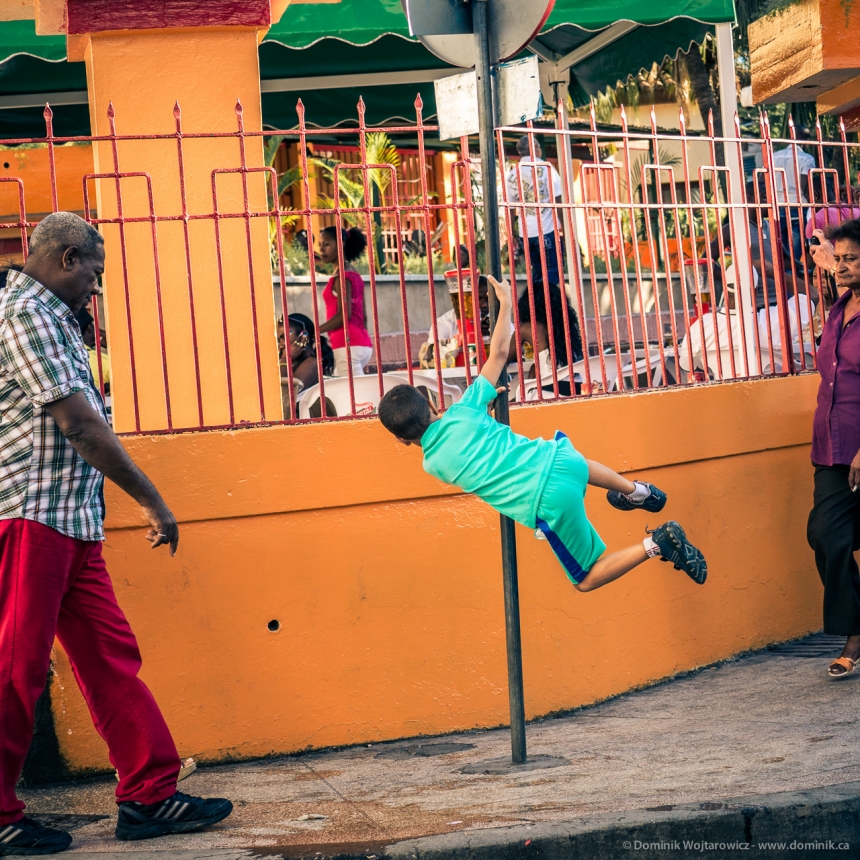I have spent over two weeks shooting with the GH3 alongside my other cameras in Cuba and must say that I’m pleasantly surprised by how useful it turned out to be for this type of travel photography.
The region I visited had a diverse geography, ranging from a busy city (Santiago), beaches, to a wet tropical climate in the mountains. The camera was tested in the city, farm villages and tropical forests.
The two other cameras I had with me were the Sigma DP2 Merrill and the Pentax 645D which is my go to camera for photographing landscapes. If I had to sum it up, the GH3 coupled with the Lumix G X Vario 35-100mm F2.8 outpaced both the Pentax and Merrill in the versatility department.
This camera and lens combination is very responsive, comfortable to use and easy to hold for many hours at a time. While I would like a sensor beyond the 16 megapixels, travel photography or journalism does not necessarily require much more resolution.
Shooting in Santiago was very chaotic. The car traffic, fast moving people and extreme heat all added up to a place no big or slow camera is very well suited for. While it can be done (and I have tried) the DP2 Merrill turned out to be a little limiting when a good moment presented itself. Due to it’s fixed lens and slow response I missed some potentially interesting shots.
The Pentax 645D on the other hand is simply to large to put up with for 8+ hours in a busy city and likes to attract attention. I have put up with it many times and still continue to do so because of the image quality rewards it provides, but at the end of the day missing to many shots or scaring people away with it’s imposing form factor can be frustrating.
I have found the GH3 to be a very reasonable replacement for something like a full frame Nikon D4 which in fact is not much lighter or smaller than the Pentax. Sure the D4 is more suited for sports and wildlife, but a 70-200 lens on a full frame body is a huge beast to carry around all day and attracts just as much attention as the 645D. I have encountered a photographer shooting with a D800 with the additional grip and the camera looked just as imposing.
Panasonic is marketing the GH3 for “multimedia journalists” which may become a new buzz word. However, considering the market for the Nikon D4, the feature set is not significantly different. Unfortunately, the low light performance of the smaller sensor is not quite in the same league as the D4, nor is the high speed shooting, a potentially big deal for some users. If you compare features like the articulated screen, which lets you shoot above a crowd, or the excellent video capability, things start to get more interesting.
It turned out that most of my photography in the city was done with the GH3 and the excellent Lumix G X Vario 35-100mm F2.8 lens. This lens is very sharp, focuses lightning fast and is very accurate even on moving subjects. With the latest firmware (as of December 11th) the lens has the ability to track focus and re adjust at 240fps. I have made some 16×20 prints of the above images and they hold up very well even at close inspection. The Lumix G X Vario 35-100mm F2.8 performs as well if not better as some of the prime lenses already available for MFT. I find this trend very exciting for travel photography and documentary applications.
The weather sealing on both the lens and the GH3 body has also proven it’s worth. I was caught in dense rain with the camera and it kept on going without a hitch.
My initial observations made about the camera in a previous post still hold true. However, I must confess that I have gotten used to some of the button layout changes and the new scroll wheels which I did not initially like.
So far I’m very satisfied with both the image quality and handling. The video quality is excellent and I got some footage at 6400iso that is still usable for many applications. Good job Panasonic, now go and make more fast lenses.


